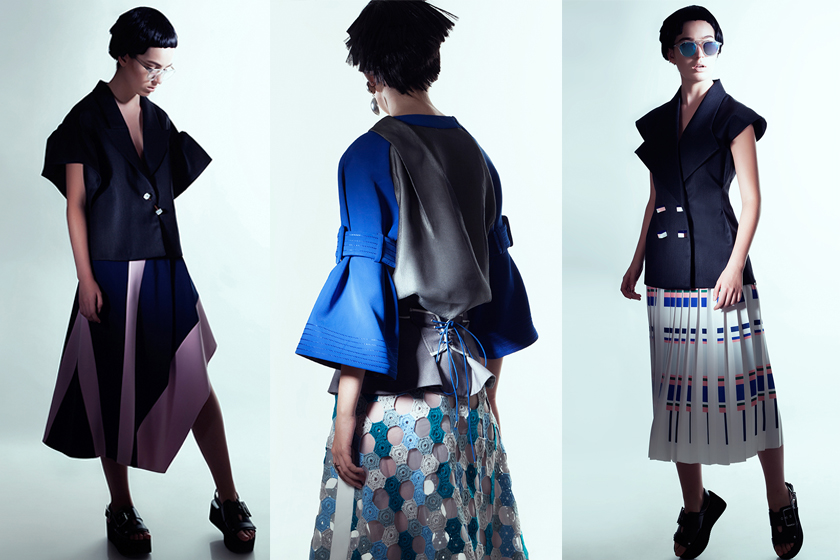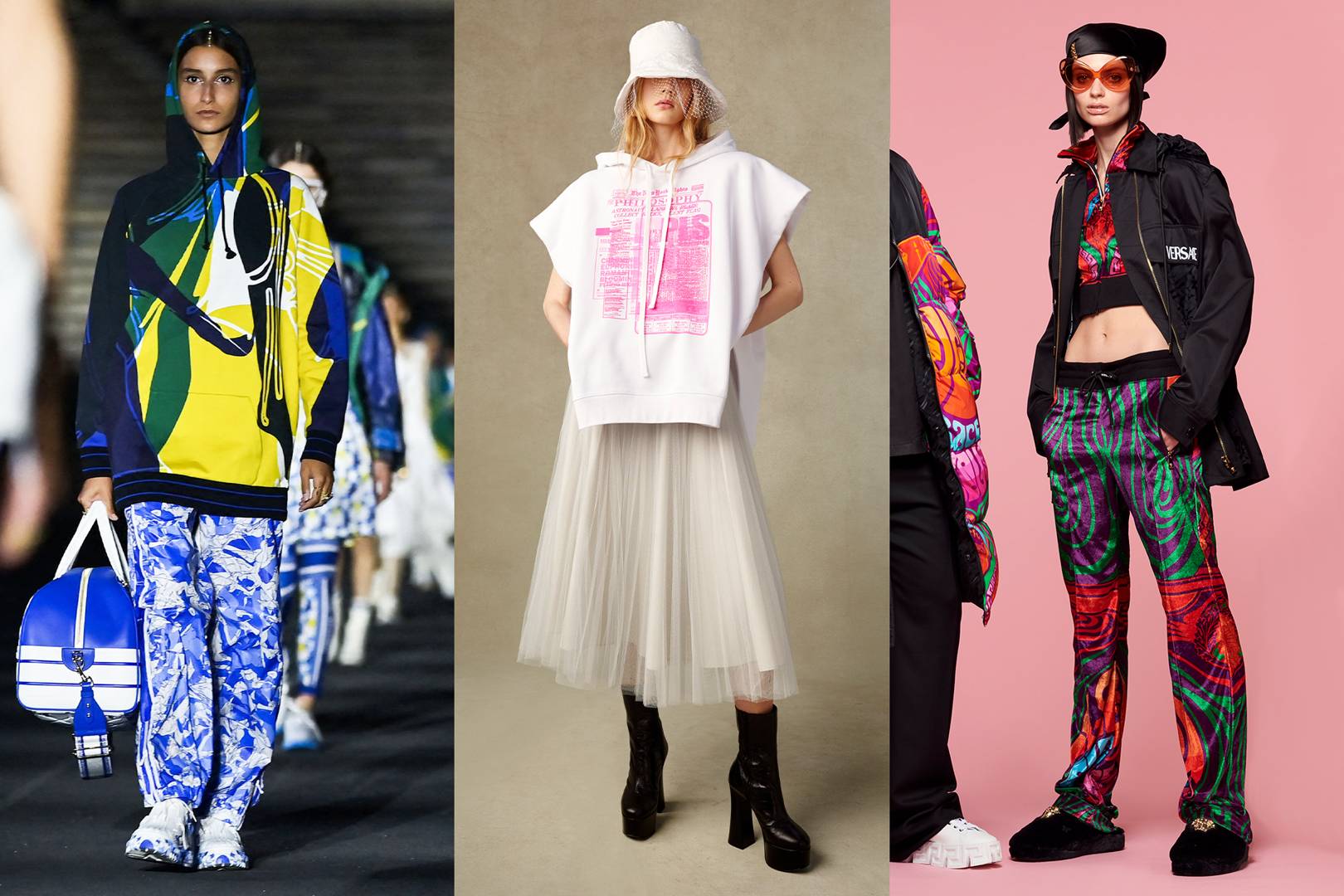In recent years, sustainability has become a major focus in the fashion industry. As concerns about climate change, environmental degradation, and labor practices grow, the fashion world is increasingly pressured to adopt more ethical and eco-friendly approaches. However, the question remains: is sustainability in fashion merely a passing trend, or is it a permanent shift toward a more responsible industry?
1. The Rise of Sustainable Fashion
- What: Sustainable fashion refers to the creation of clothing, accessories, and footwear in ways that minimize environmental impact and promote ethical practices. This includes using eco-friendly materials, reducing waste, promoting fair labor, and embracing circular fashion (reuse, recycling, and upcycling).
- Why: The fashion industry is one of the largest polluters in the world, responsible for a significant percentage of global carbon emissions, water consumption, and textile waste. Fast fashion, in particular, has accelerated this problem by encouraging mass production of low-cost, short-lived garments.
- Who: Many consumers, especially Millennials and Gen Z, are becoming more conscious of the impact of their fashion choices. They are driving demand for transparency and accountability from fashion brands.

2. Key Elements of Sustainable Fashion
- Eco-Friendly Materials: Sustainable fashion promotes the use of organic or recycled materials such as organic cotton, bamboo, and recycled polyester. Brands are also exploring innovative textiles made from natural resources, such as algae-based fabrics and biodegradable materials.
- Ethical Production: Fair labor practices are a crucial part of sustainability. This means ensuring workers in the fashion supply chain receive fair wages, work in safe conditions, and are not subject to exploitation.
- Waste Reduction: One of the key pillars of sustainable fashion is reducing waste. Brands are adopting zero-waste designs, upcycling old garments, and finding ways to recycle textiles. The concept of “slow fashion” encourages consumers to invest in high-quality pieces that last longer and reduce the need for frequent purchases.
- Circular Fashion: This involves designing products with the intention of reusing or recycling them. Circular fashion aims to eliminate waste by encouraging repair, resale, and the repurposing of materials at the end of a product’s life cycle.
3. Fashion Brands Leading the Sustainability Movement
- Stella McCartney: One of the pioneers of sustainable fashion, Stella McCartney is known for her commitment to using eco-friendly materials and advocating for cruelty-free and ethical production processes.
- Patagonia: This outdoor clothing brand is famous for its environmental activism and sustainable business practices. Patagonia encourages consumers to repair and reuse its products rather than replace them.
- TOMS: Known for its “one for one” model, TOMS has built its brand around social responsibility, ensuring fair trade and ethical labor practices while giving back to communities in need.
- Allbirds: A rising star in the sustainable fashion space, Allbirds uses natural materials like wool and eucalyptus in its footwear, focusing on reducing its carbon footprint and promoting renewable resources.

4. Challenges in Achieving True Sustainability
Despite the growing momentum behind sustainability, the fashion industry faces significant challenges in fully adopting these practices:
- Greenwashing: One of the biggest challenges is “greenwashing,” where brands falsely market their products as sustainable or ethical to attract eco-conscious consumers. This can make it difficult for shoppers to discern which companies are genuinely sustainable.
- Cost: Sustainable materials and ethical labor often come with a higher price tag, making it harder for sustainable fashion to compete with fast fashion brands that offer cheaper, mass-produced items. This can limit access for many consumers.
- Scale: While some brands are making strides toward sustainability, the majority of the global fashion industry is still entrenched in fast fashion practices. Transforming such a large and complex industry requires systemic changes, from supply chain management to consumer behavior.
5. Consumer Behavior: A Key Factor
Sustainability in fashion is not just about what brands do; consumer behavior plays a huge role as well:
- Slow Fashion Movement: Consumers are increasingly adopting slow fashion, which emphasizes buying fewer, higher-quality items that last longer. This shift away from fast fashion is crucial for reducing waste and demand for mass production.
- Second-Hand and Vintage Shopping: The popularity of thrift stores, vintage clothing, and online resale platforms like Depop and Poshmark reflects a growing trend of consumers buying second-hand fashion as a sustainable alternative.
- Renting Fashion: Clothing rental services, such as Rent the Runway, are gaining popularity, allowing consumers to wear trendy outfits without the environmental impact of buying new clothes. This helps reduce waste by promoting a more circular fashion economy.

6. The Role of Technology in Sustainability
Technology is playing a transformative role in making fashion more sustainable:
- 3D Printing: Designers are using 3D printing to create clothing and accessories with minimal waste. This technology allows for on-demand production, reducing the need for mass manufacturing.
- Blockchain for Transparency: Blockchain technology is being used to increase transparency in the fashion supply chain. Consumers can trace the origins of their clothing, ensuring that it is produced ethically and sustainably.
- Artificial Intelligence (AI): AI is helping brands predict trends more accurately, which reduces overproduction and excess inventory. It also assists in optimizing the design process to reduce material waste.
7. Is Sustainability a Trend or a Long-Term Shift?
While sustainability is currently trending, there is evidence to suggest it is more than just a passing phase:
- Regulatory Changes: Governments are beginning to impose stricter regulations on the fashion industry, such as banning certain hazardous materials and requiring more transparency in supply chains. This is pushing brands to adopt sustainable practices.
- Consumer Demand: As more consumers prioritize sustainability in their purchasing decisions, brands are being forced to align with these values to remain competitive. This growing awareness and demand for responsible fashion indicate that sustainability is becoming a long-term consumer expectation.
- Industry Commitments: Many fashion brands have made public commitments to sustainability goals, such as reducing carbon emissions, using more eco-friendly materials, and embracing circular fashion principles. These long-term goals suggest that sustainability is becoming an integral part of their business models.
Conclusion: The Future of Sustainable Fashion
Sustainability in fashion is no longer a niche concern but a central issue that the industry must address. While challenges remain, the combination of consumer demand, technological innovation, and regulatory pressure is driving a significant shift toward more responsible practices. Whether sustainability will completely transform the fashion industry or coexist with fast fashion remains to be seen, but there is no doubt that the movement is gaining momentum and shaping the future of fashion.
Ultimately, sustainability in fashion is not just a trend but a necessary evolution toward a more ethical and environmentally conscious industry.


